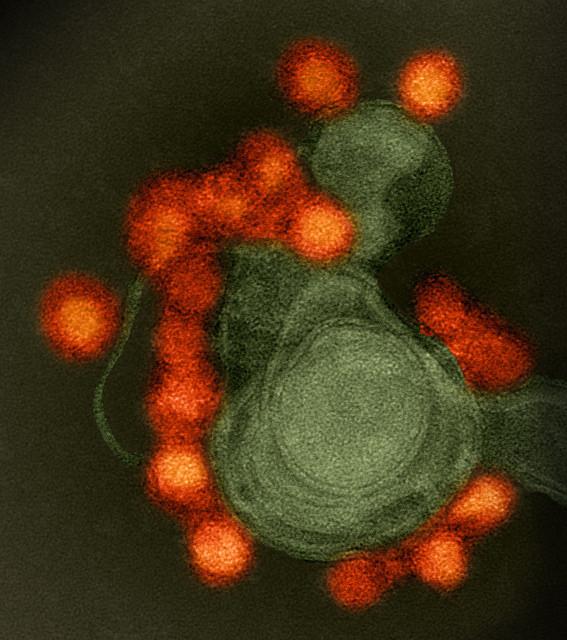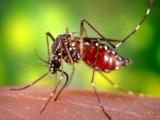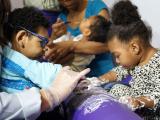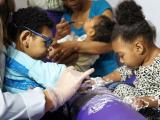In an effort to hone in on a more precise risk of microcephaly in pregnant women infected with Zika virus, researchers from the US Centers for Disease Control and Prevention (CDC) yesterday estimated it at 1% to 13% in those sickened during their first trimester.
Meanwhile, the World Health Organization (WHO) said in its weekly Zika situation report that no new countries have reported local Zika spread since its last update, adding that one more country—Spain—has reported a microcephaly case related to the virus. Spain had reported the case on May 6, and today's WHO report said the source of the infection was likely travel to Colombia.
Overall, the WHO said it sees no decline in the outbreak, though drop-offs have been reported in some countries or parts of countries.
Risk estimate based on Brazil data
Earlier estimates of the microcephaly risk have varied widely, from 1% based on information from French Polynesia's Zika virus outbreak to nearly 30%, based on earlier data from Brazil. CDC authors of the new report based their estimate on data from Brazil's Bahia state, which was hit hard by the virus. They published their findings yesterday in an early online edition of the New England Journal of Medicine.
Because the infection rate can't be reliably calculated from existing data from Bahia state, they assumed an infection rate of between 10% and 80%, based on serology information gleaned from earlier outbreaks on Yap Island and French Polynesia, as well as from non-outbreak areas. They also assumed that all pregnant women were equally susceptible.
Taking into account the different infection level scenarios, possible overreporting, and an uncertain baseline microcephaly rate, they found a strong association between microcephaly and infection risks in the first trimester, though the association was negligible in the second and third trimesters.
Authors cautioned that there are uncertainties with all microcephaly risk estimates, especially in recently affected areas where data are limited and information is still coming in. They said more information is needed to refine risk based on gestational age, and there's a need to look at other congenital outcomes that may be linked to the virus. If the risk of infection and adverse events plays out in other areas where Zika virus has spread, many more cases are likely to occur.
"In light of the growing evidence, it is prudent to take precautions to avoid Zika virus infection during pregnancy and for health care systems to prepare for an increased burden of adverse pregnancy outcomes in the coming years," they wrote.
Malaria and false-positives; CDC notices
- Malaria infections can produce false-positives on a Zika ELISA test used in Europe, Belgian scientists reported today in a letter to Eurosurveillance. Their results came from specificity tests on samples from confirmed dengue, malaria, yellow fever, and rheumatoid factor. Of 34 samples from patients infected with different malaria parasite types, 14 tested positive or borderline for Zika immunoglobulin M (IgM), IgG, or both. Virus neutralization tests couldn't demonstrate Zika virus in 11 of the 14 patients with positive or borderline Zika tests. The authors suggested that polyclonal B-cell activation known for Plasmodium (the parasite that causes malaria) might be the culprit, and they suggested that malaria samples be included in panels to evaluate Zika tests.
- The CDC yesterday issued a Health Alert Network notice to clinicians to further publicize its recommendation for testing urine for Zika virus. In its May 13 interim guidance, the CDC recommended reverse-transcriptase polymerase chain reaction (RT-PCR) testing for urine collected less than 14 days after symptom onset, alongside matched patient serum samples.
- Based on reports of local Zika spread in Argentina's Tucuman province, the CDC today issued a level 2 travel notice for the country. Its notice included a map of the country showing elevations above and below 6,500 feet, and it said destinations above that level pose minimal risk, because mosquitoes that spread Zika virus don't typically live above that elevation.
See also:
May 25 N Engl J Med report
May 26 WHO Zika situation report


















